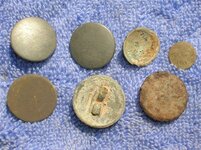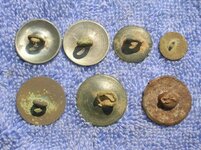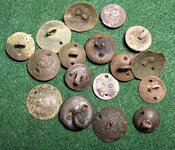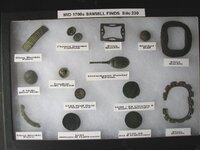Kirk PA
Bronze Member
- May 23, 2009
- 1,455
- 266
- Detector(s) used
- Garrett AT Gold
- Primary Interest:
- Relic Hunting
My goal today was to find a Blowhole button in my collection. Out of the hundreds of buttons I have recovered over the last 3 years, I knew I had excavated one of these. As of 10 a.m., I officially did not have a recollection of digging one, but I was determined to scour my collection to prove myself wrong. After about 10 minutes, I finally found what I was looking for.  There was still dirt in the blowholes, so that is why I had missed it earlier. I was thrilled nonetheless. I had to add it to my "18th Century Display."
There was still dirt in the blowholes, so that is why I had missed it earlier. I was thrilled nonetheless. I had to add it to my "18th Century Display."  I also found a few more Colonial buttons that I added to the display and a pair of octagonal cufflinks. This is what makes the winter months totally worth it.
I also found a few more Colonial buttons that I added to the display and a pair of octagonal cufflinks. This is what makes the winter months totally worth it. 
Post your Blowhole buttons on this thread!
Kirk
 I also found a few more Colonial buttons that I added to the display and a pair of octagonal cufflinks. This is what makes the winter months totally worth it.
I also found a few more Colonial buttons that I added to the display and a pair of octagonal cufflinks. This is what makes the winter months totally worth it. 
Post your Blowhole buttons on this thread!
Kirk

Amazon Forum Fav 👍
Attachments
Upvote
1


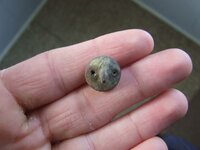


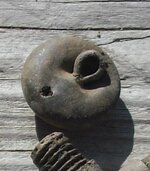
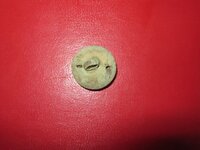
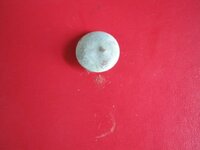




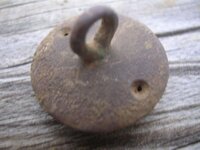
 My oldest sites are French (Acadians) dating from about 1720. Then the next range is Loyalist and early British (1760s -1790 or so) which is my favorite era because this seems to be the zone with the greatest number of keepers. After that, and what we typically find and hunt, is early 1800s British but no later than maybe 1830 if we can help it. Anyway, that's how I would break down my hunting but I have found great finds from all three of those periods so any day I'm digging an old site is a good one.
My oldest sites are French (Acadians) dating from about 1720. Then the next range is Loyalist and early British (1760s -1790 or so) which is my favorite era because this seems to be the zone with the greatest number of keepers. After that, and what we typically find and hunt, is early 1800s British but no later than maybe 1830 if we can help it. Anyway, that's how I would break down my hunting but I have found great finds from all three of those periods so any day I'm digging an old site is a good one.